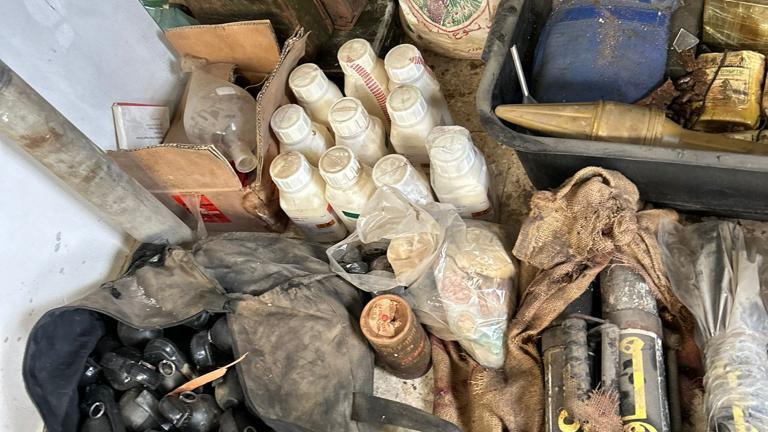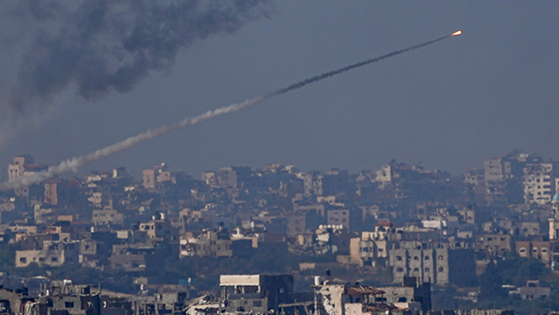Getting your Trinity Audio player ready...
Israeli intelligence officials have concluded that a large amount of the weapons used by Hamas in the October 7 massacre came from Israeli military armaments, according to a report in the New York Times on Sunday. The report also claimed there were 12 tunnels beneath the Gaza border with Egypt up until the start of the war.
Read more:
The assumption intelligence services made for years had been that Hamas receives its weapons through the tunnels, but the recent analysis made by Western intelligence agencies as well as the Israelis, shows that the terror group succeeded in producing many of its rockets using thousands of unexploded anti-tank missiles and bombs dropped on the Strip by the IDF in previous rounds of fighting. Hamas fighters were also armed with guns stolen from IDF bases.
The New York Times reported that much of the intelligence gathered since the start of the war in Gaza showed that, like Israel's failure to identify and prepare for the Hamas massacre, it also failed to estimate the terror group's ability to procure arms.
A report in the military last year showed that thousands of bullets and hundreds of rifles and grenades were stolen from IDF bases and delivered to Palestinians in the West Bank and to Gaza via smuggling tunnels in the Sinai. "We are arming our enemies with our own weapons," the authors of the report wrote.
Hours after Hamas launched its surprise attack in October, IDF troops found a grenade with Hebrew markings on the body of a dead terrorist. Other Hamas members broke into IDF armaments during the massacre and returned to the Strip with their loot.
Forensic teams examining one of the 5,000 rockets fired at Israel on that day concluded that they it was likely made using an Israeli missile fired previously at the Strip that did not explode.
Still, much of the Hamas arsenal came in from Sinai which has become a smuggling hub. Weapons and armaments from the wars in Libya, Eritrea and Afghanistan were found there. The intelligence officials said there were at least 12 active tunnels connecting the Sinai and Gaza when the war began. A spokesperson for the Egyptian government said Egypt's military did its part in blocking tunnels on their side of the border, adding that a large part of the weapons in Gaza came from Israel.
Hamas perfected its skill to reuse unexploded Israeli armament fired over the previous rounds of fighting and its forces were able to cut off the warhead of bombs weighing more than 900 kilograms (nearly 2,000 pounds) and use their explosives.
“They have a military industry in Gaza. Some of it is above ground, some of it is below ground, and they are able to manufacture a lot of what they need,” former National Security Advisor Eyal Hulata told the newspaper.




